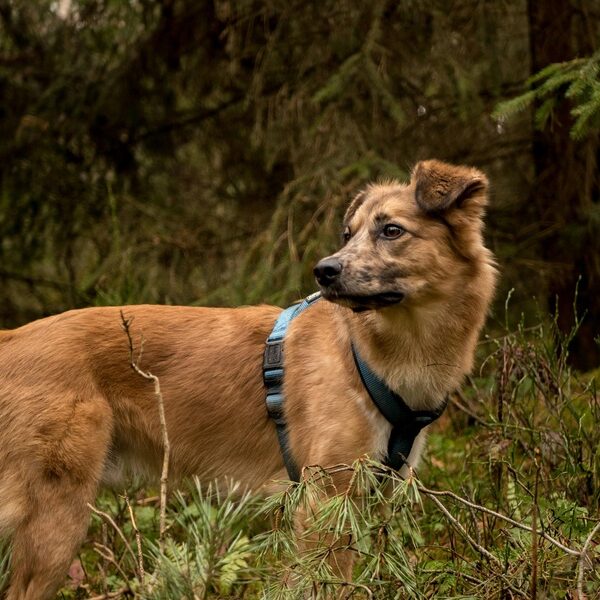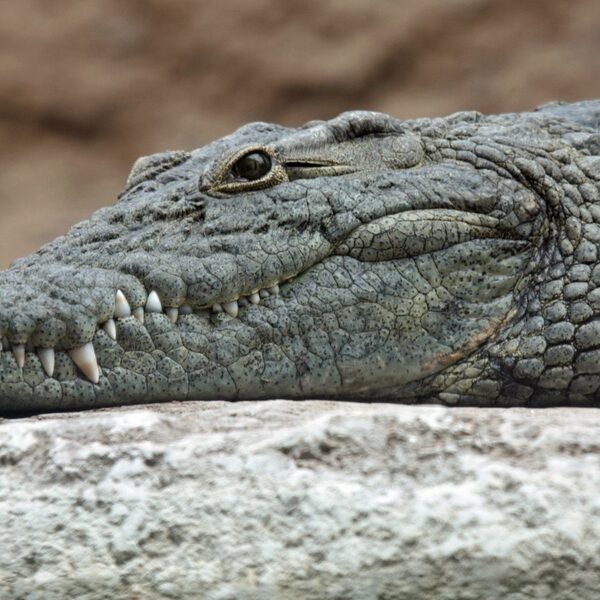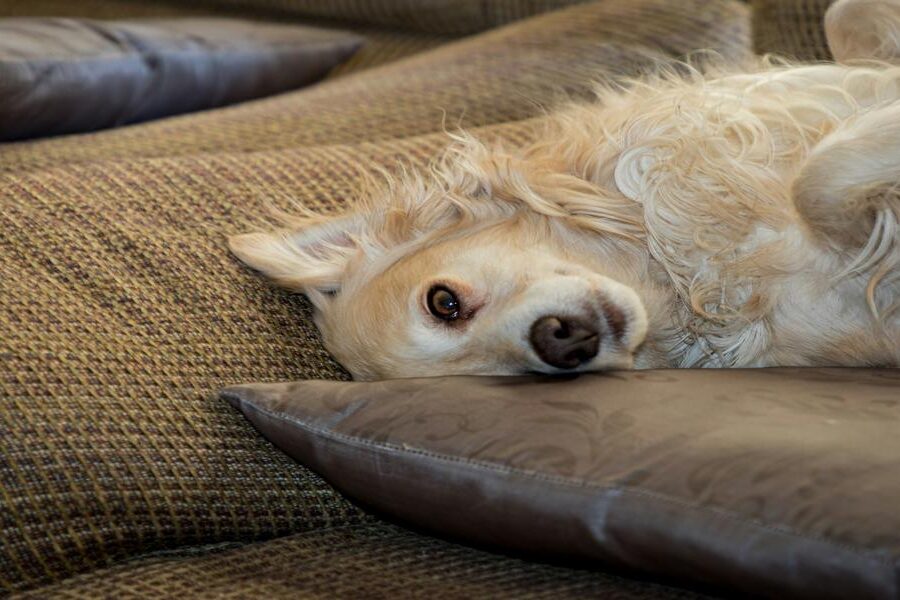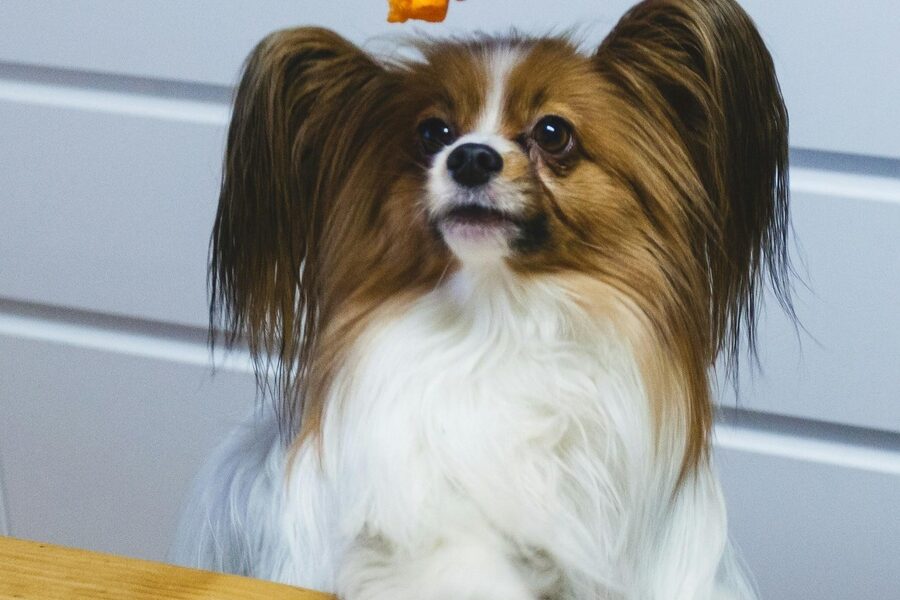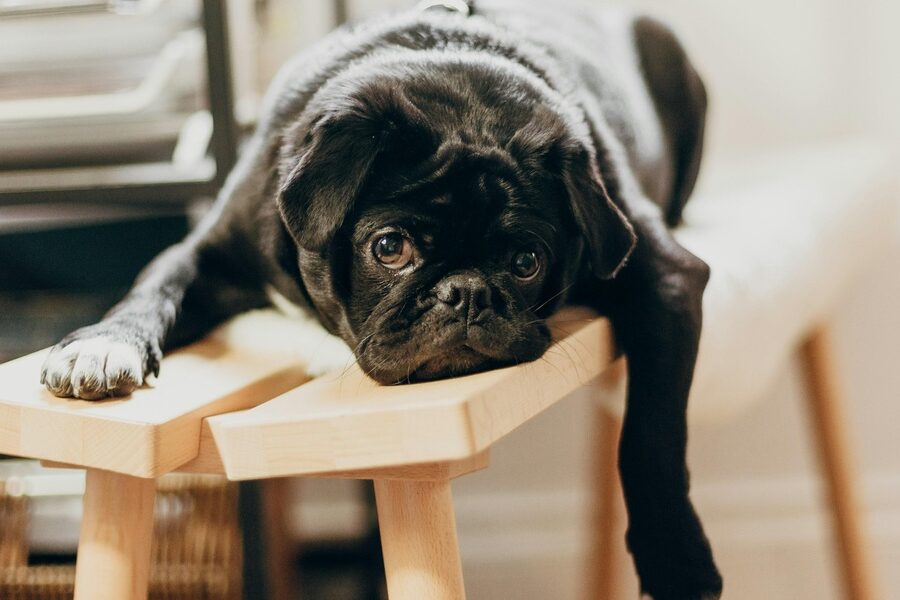From rolling ranches to suburban backyards, spotted dogs stand out both visually and in behavior — many were bred to hunt or work, and their markings often hint at ancestry. If you’re narrowing choices by appearance and purpose, a quick, structured look at each breed makes comparison easier.
There are 13 big spotted dog breeds, ranging from American Leopard Hound to Treeing Walker Coonhound. For each, you’ll find below Scientific name,Size (kg),Spot pattern to help you compare origins, typical weight ranges and the kinds of spotting to expect.
Are big spotted dog breeds good with families?
Many are, but it depends on the breed’s energy level, training needs and temperament — some are bred for hunting and need active outlets, while others adapt well to family life with consistent training and socialization. Match the breed’s activity and care requirements to your household for the best fit.
Do spot patterns affect a dog’s health or care?
Spotting itself is usually cosmetic, but certain coat-genetics (extensive white or specific genes) can be linked to issues like congenital deafness or light-sensitive skin; routine vet checks, sun protection for pale areas and regular grooming are sensible precautions.
Big Spotted Dog Breeds
| Breed | Scientific name | Size (kg) | Spot pattern |
|---|---|---|---|
| Dalmatian | Canis lupus familiaris | 25-32 | Distinct black or liver spots on white coat |
| Great Dane | Canis lupus familiaris | 50-90 | Harlequin: large irregular black patches on white |
| Catahoula Leopard Dog | Canis lupus familiaris | 25-45 | Leopard-like spots and marbling across coat |
| German Shorthaired Pointer | Canis lupus familiaris | 25-32 | Large liver patches and dense ticking/roan |
| Pointer | Canis lupus familiaris | 25-34 | Bold liver/black/orange patches on white base |
| American Leopard Hound | Canis lupus familiaris | 25-40 | Leopard-like spots and patches over body |
| Treeing Walker Coonhound | Canis lupus familiaris | 25-34 | Large black patches with white and tan, some ticking |
| Bluetick Coonhound | Canis lupus familiaris | 25-34 | Blue ticking with prominent black patches |
| English Foxhound | Canis lupus familiaris | 29-34 | Large tri-color patches (black, tan, white) |
| Saint Bernard | Canis lupus familiaris | 50-91 | Large chestnut or red patches on white fur |
| Newfoundland (Landseer) | Canis lupus familiaris | 45-68 | Landseer: bold black patches on white base |
| Appenzeller Sennenhund | Canis lupus familiaris | 25-32 | Tri-color patches: black with white and rust markings |
| Greater Swiss Mountain Dog | Canis lupus familiaris | 40-60 | Large black coat with white chest blaze and rust patches |
Images and Descriptions
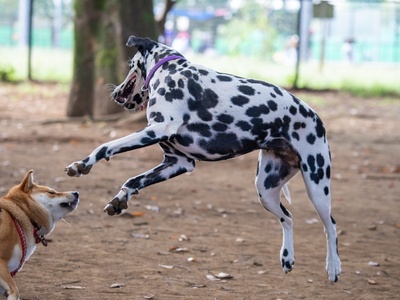
Dalmatian
Classic spotted breed from Croatia/England lines, energetic, friendly and good with active families. Requires lots of exercise and mental stimulation. Prone to deafness in some lines; grooming low but training and activity needs make them better for experienced, active owners.
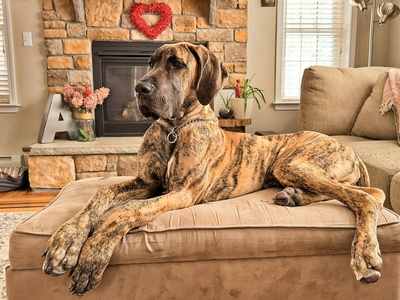
Great Dane
Giant breed developed in Germany, harlequin pattern shows bold black patches on white. Gentle, affectionate “gentle giants” but need space and moderate exercise. Prone to bloat and short lifespan; best for owners prepared for size, training, and higher veterinary costs.
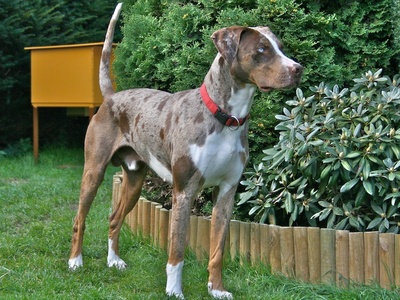
Catahoula Leopard Dog
American working breed from Louisiana, famously leopard-spotted or marbled across coat. Intelligent, strong-willed and energetic; excels at ranch work and active homes. Requires consistent training, socialization, and mental stimulation; not ideal for first-time owners.
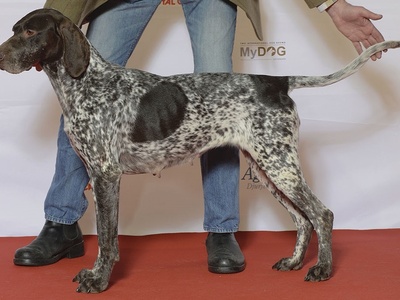
German Shorthaired Pointer
Versatile hunting dog from Germany with liver patches and dense ticking or roan. Energetic, affectionate and highly trainable; needs lots of exercise and mental work. Generally healthy but hip issues possible; suits active owners or hunters.
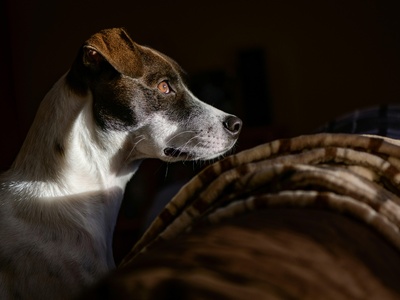
Pointer
Sporting breed from England with bold patches on a white base. Alert, driven and affectionate with people; needs regular high-intensity exercise and training. Generally healthy, good family dogs for active households and hunters who can meet their exercise needs.
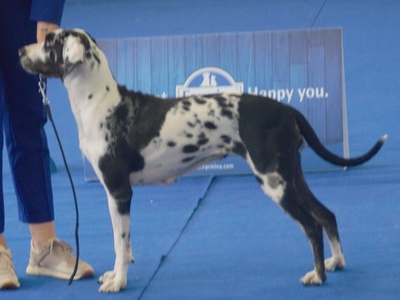
American Leopard Hound
Hunting breed with distinctive leopard-like spotting, developed in the United States. Agile, alert and tenacious; good for hunters and active families familiar with strong prey drive. Requires exercise, firm training and purposeful work.
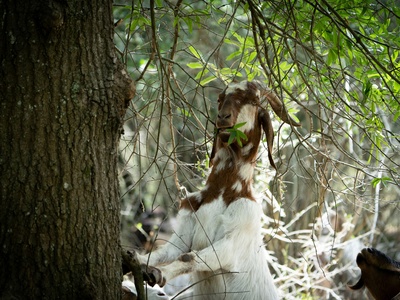
Treeing Walker Coonhound
American scent hound with large black patches over white and tan points; some ticking common. Energetic, vocal and driven to scent-trail; needs ample exercise and secure fencing. Friendly but requires patient training and outdoor activity.
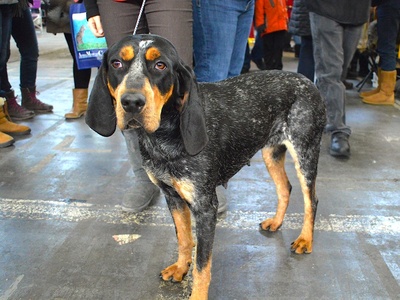
Bluetick Coonhound
Recognized for blue-mottled ticking with prominent black patches. Tenacious, intelligent and vocal hunting dogs; need heavy exercise and scent work. Affectionate with family but can be stubborn; best for experienced owners with rural or active lifestyles.
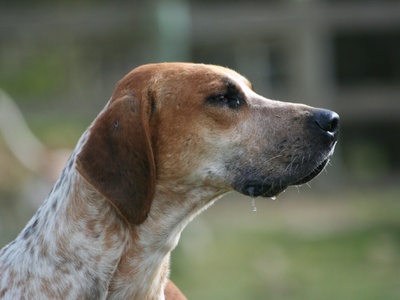
English Foxhound
Traditional British pack hound with large tri-color patches. Sociable, friendly and hardworking with strong pack instincts; thrives in energetic homes or working environments. Requires daily exercise and socialization; not suited to sedentary city life.
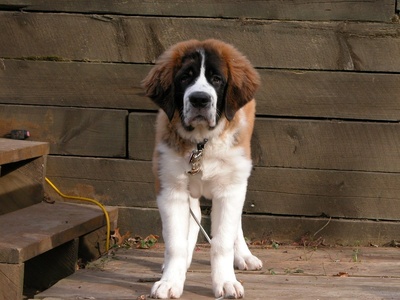
Saint Bernard
Massive rescue breed from the Alps with large chestnut or red patches on white fur. Calm, gentle and good-natured with families; needs space and moderate exercise. Prone to joint issues and a shorter lifespan; owners should anticipate grooming and vet costs.
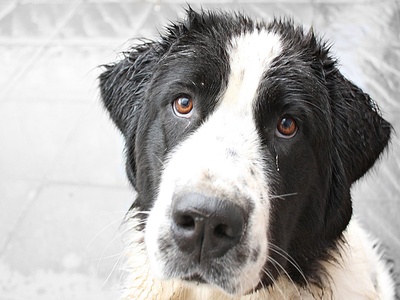
Newfoundland (Landseer)
Large working breed from Newfoundland; Landseer color shows bold black patches on white. Sweet-tempered, excellent swimmers and family companions; needs space, regular grooming and swimming opportunities. Can develop hip problems; best for owners prepared for large, gentle dogs.
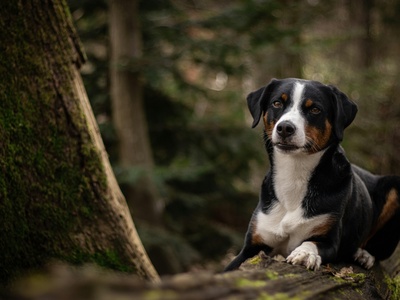
Appenzeller Sennenhund
Swiss farm dog with bold black patches and distinctive white and rust markings. Energetic, alert and hardworking; excels at herding and active family life. Requires regular exercise and training; healthy but needs an owner who can match its energy.
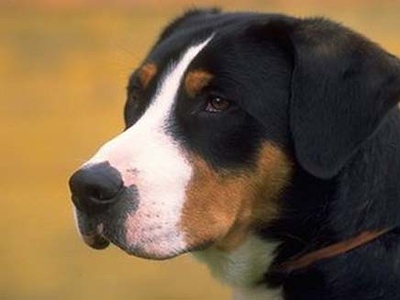
Greater Swiss Mountain Dog
Large Swiss cattle dog with black coat, white chest blaze and rust patches. Confident, steady and good with families; enjoys moderate exercise and outdoor work. Generally healthy but can have hip issues; suited to owners with space and a calm routine.

